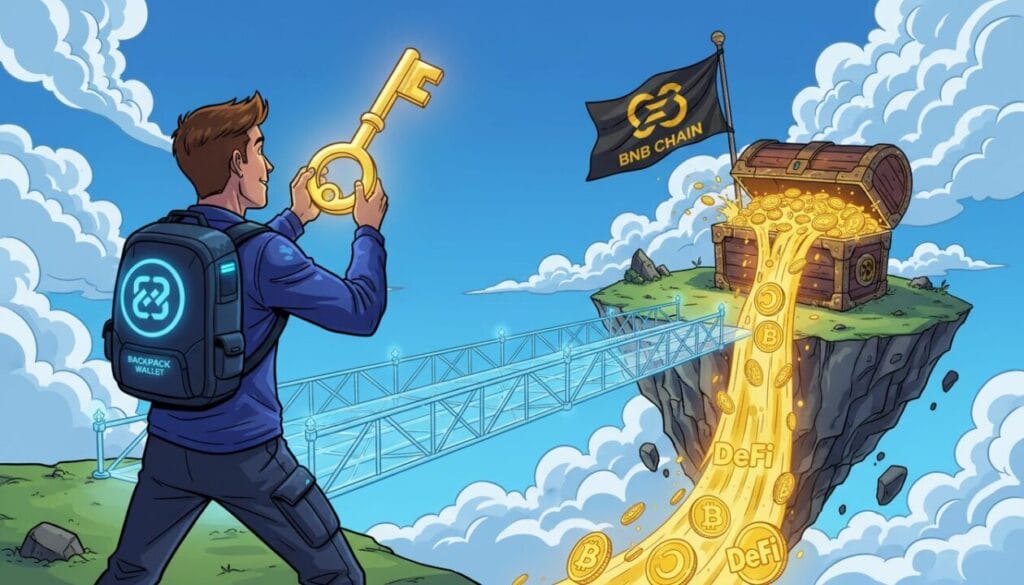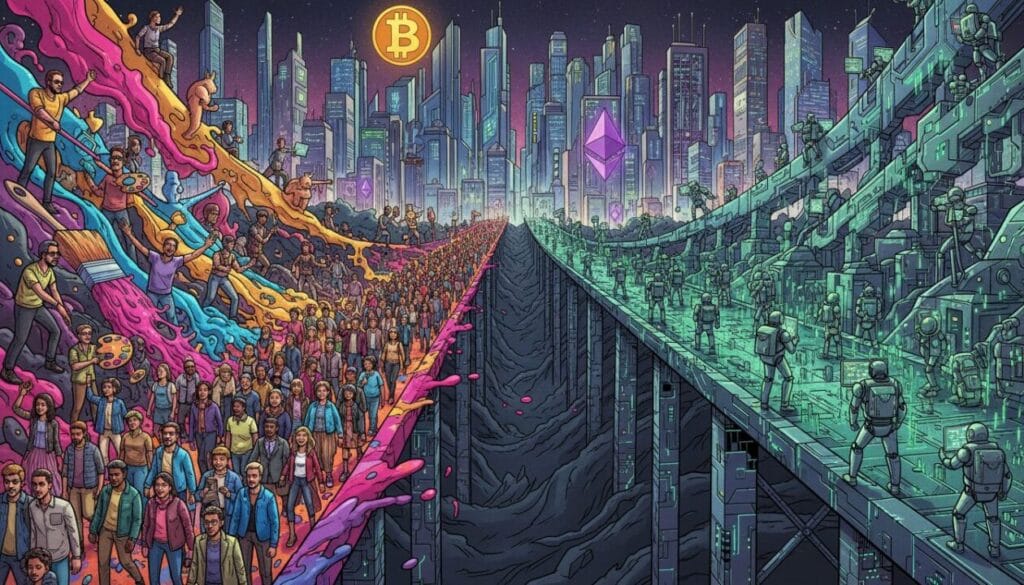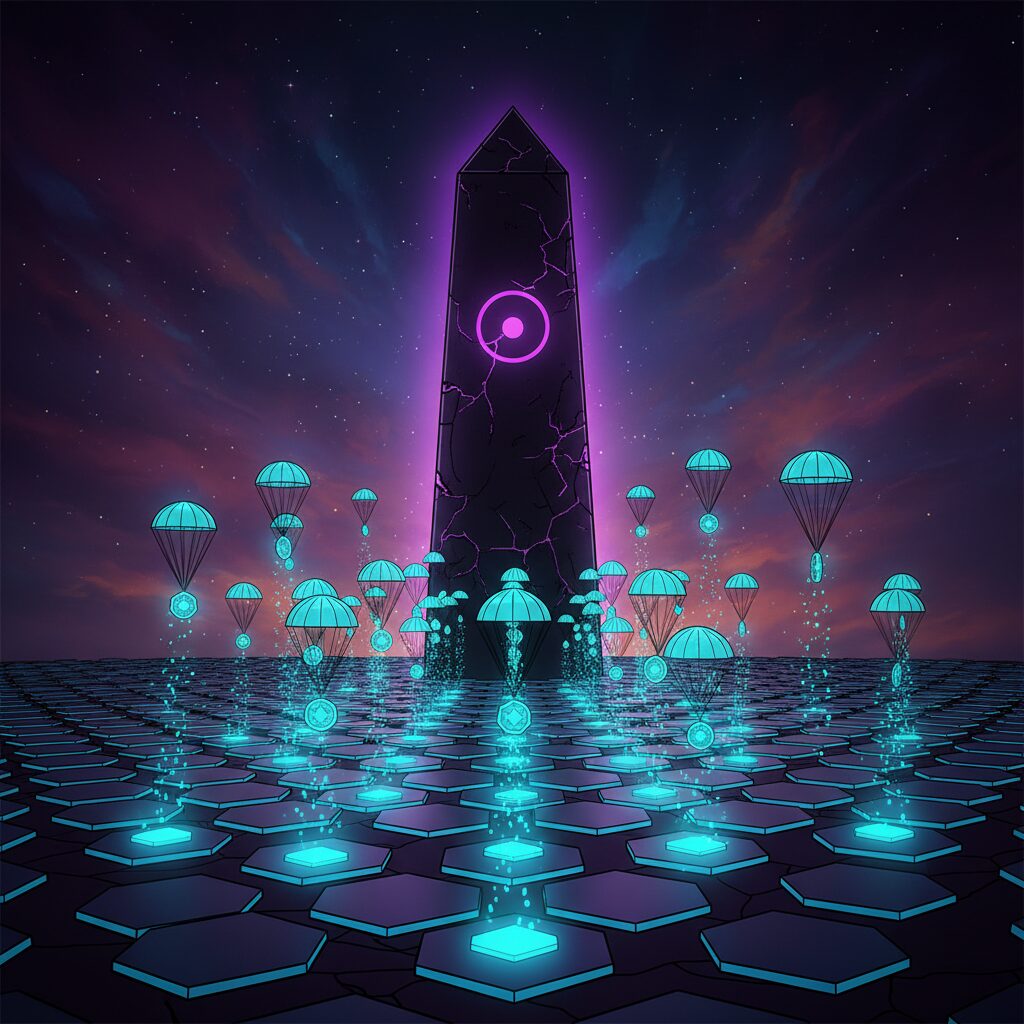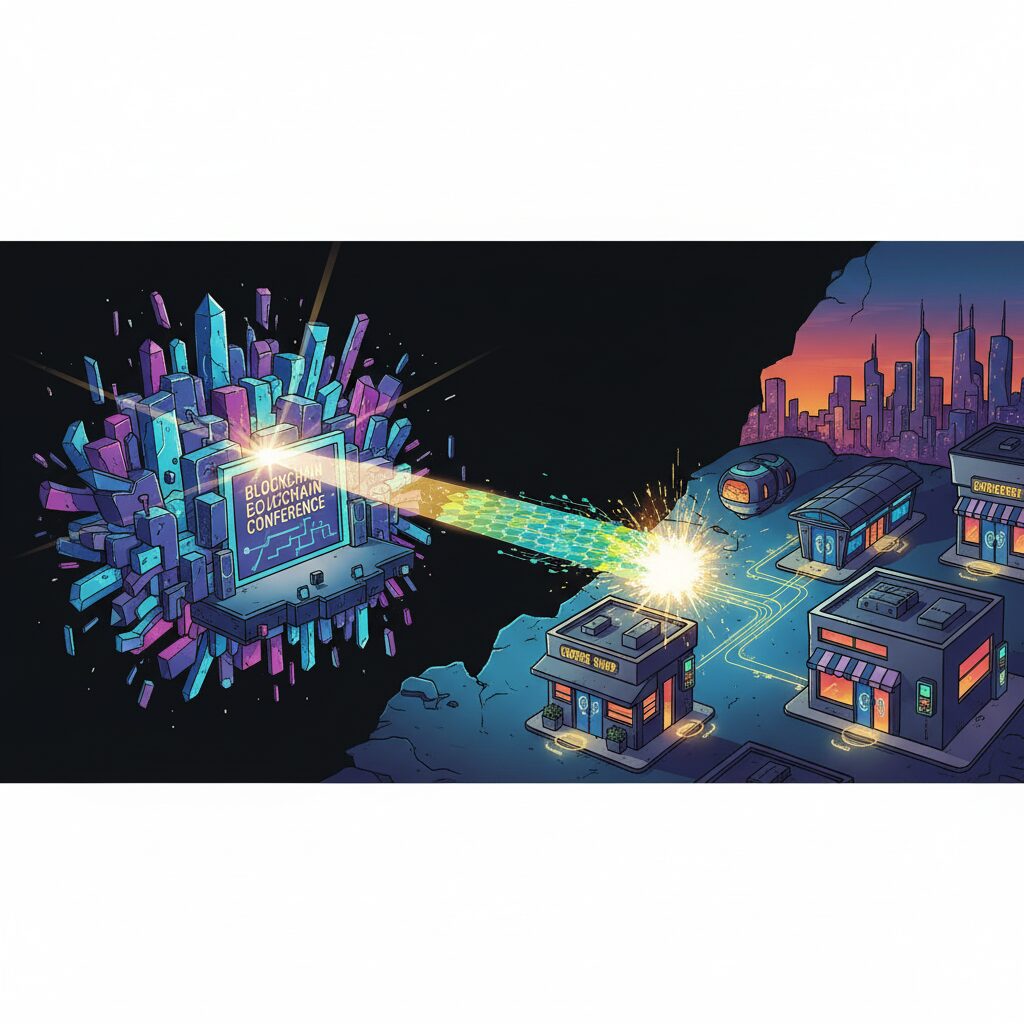Beyond Interoperability: Why Code Neutrality Will Define Blockchain’s Future

The Next Evolution in Digital Finance
As financial leaders gathered at the recent Sibos conference in Frankfurt, the conversation was no longer about whether crypto has a place in finance—that debate is over. The focus has shifted to how established institutions can adapt to a world where digital assets are fundamental building blocks of the global economy. This shift presents a massive opportunity, but it also raises a critical challenge: is the infrastructure being built today open, resilient, and trustworthy enough to last?
For years, the industry’s rallying cry was interoperability, the mission to get different blockchains to communicate with each other. While that goal remains important, a deeper issue has emerged: who gets to define the rules these systems run on? True decentralization isn’t just about validator counts or the number of nodes. It must extend to the code itself.
What is Code Neutrality?
Code neutrality is the principle that no single company, founder, or group of investors should be able to unilaterally control or change a network’s core rules. Without this safeguard, decentralization is merely cosmetic. A system can appear distributed on the surface but remain vulnerable to capture at its core. Just as importantly, the standards defining the blockchain must be open and transparent, ensuring the foundation isn’t owned by a single entity.
Projects that remain tied to one company rarely stand the test of time. Leadership changes, business strategies pivot, and governments apply pressure. When that happens, systems built on centralized code can collapse. Neutral code, by contrast, is designed to outlast its creators. It can be maintained and improved by a diverse community of participants, reducing dependence on any single point of failure.
Trust is Built on Transparency
Finance runs on trust. Institutions won’t place their confidence—or their capital—into black-box systems, especially when those systems manage money and governance. For example, the SWIFT network is trusted not because of its brand but because its rules are collectively defined and globally verifiable. Blockchain must offer the same assurance.
For banks and asset managers, the fear of being locked into a proprietary system is real. No institution wants to be stranded in an environment where the rules could shift without their input. Code neutrality addresses this by ensuring that participation today remains future-proof. When code is open, the rules are clear, and everyone knows they won’t change without broad consensus.
Learning from the Internet’s Foundation
The internet’s incredible success was no accident. It thrived because its underlying protocols, like TCP/IP, were neutral and open. No single company owned TCP/IP, which meant anyone could build on top of it without asking for permission. This neutrality created the conditions for decades of innovation where countless businesses could flourish side by side.
The contrast with closed systems is sharp. AOL famously tried to build a walled garden where access and rules were tightly controlled. It grew quickly, but its model couldn’t compete with the openness of the wider web. When users were given a choice, neutrality won. Blockchain networks now face the same decision. To support global finance at scale, they need the same principle that powered the internet: neutral code that no one owns and everyone can trust.
The New Standard for a Resilient Future
A network with a single point of control is fragile. Neutral systems are stronger because they distribute governance, making them better equipped to withstand leadership transitions, regulatory scrutiny, and market shocks. This resilience is a practical requirement for any system intended to manage trillions of dollars in assets.
Regulators are beginning to recognize this distinction. In the United States, the proposed CLARITY Act introduced a framework for determining when a blockchain is sufficiently “mature,” a definition that hinges on whether the system avoids a single point of control. Projects that can prove genuine decentralization are more likely to earn regulatory clarity and market confidence. Neutral code is the most visible evidence of that maturity.
Interoperability helped blockchains connect. Code neutrality will help them last. The future of finance won’t be built on systems where one company owns the rules. It will be defined by platforms where the rules are open, transparent, and collectively owned. Code neutrality is how blockchain turns that powerful vision into a lasting reality.











